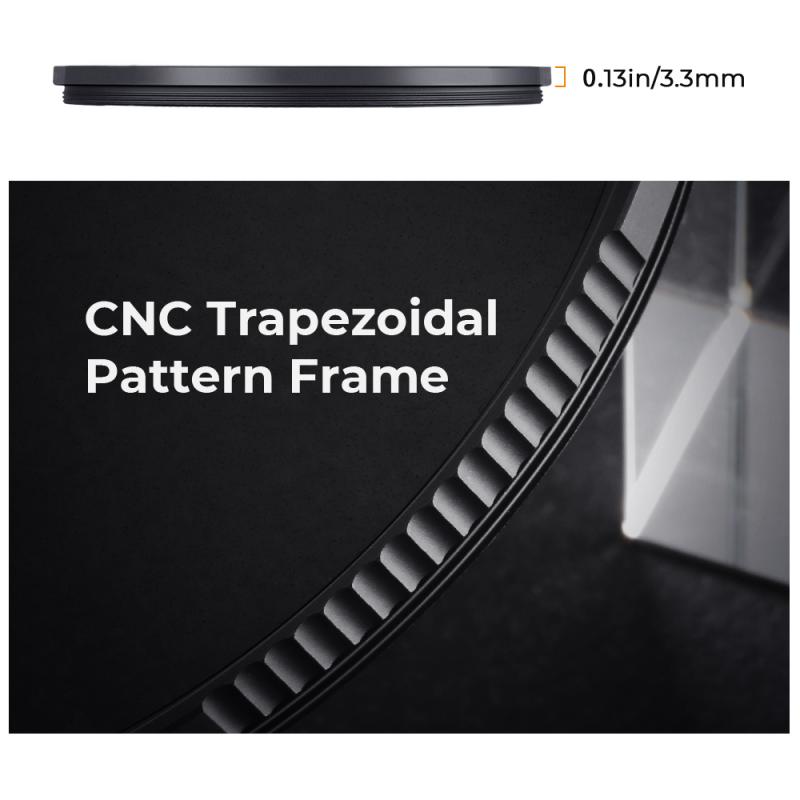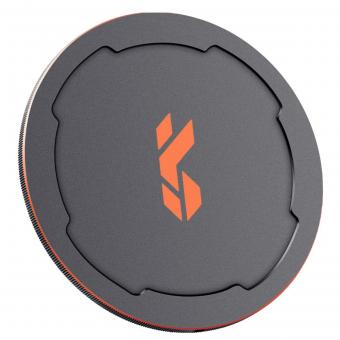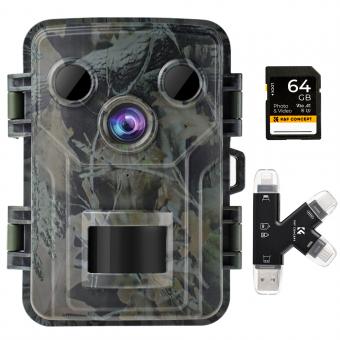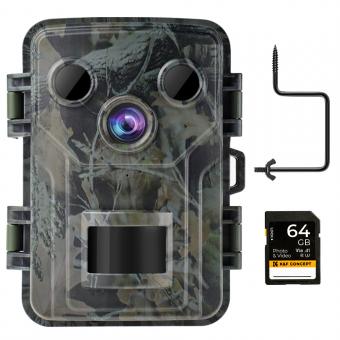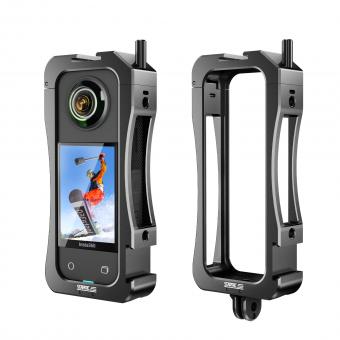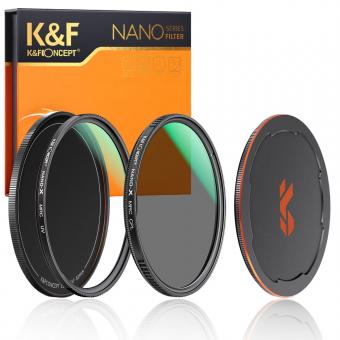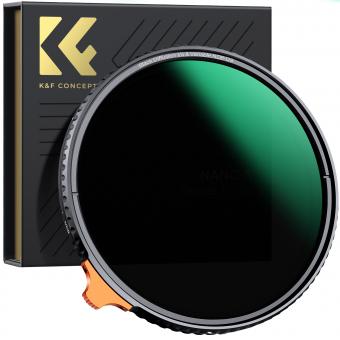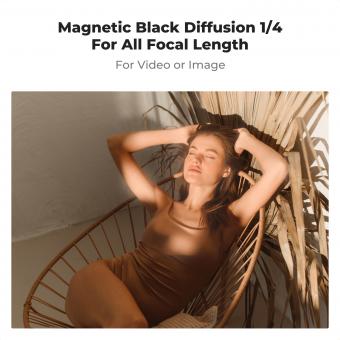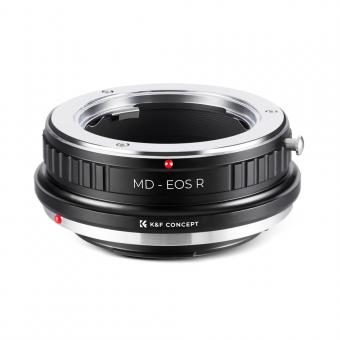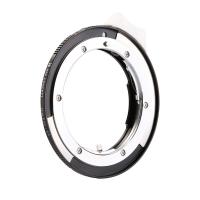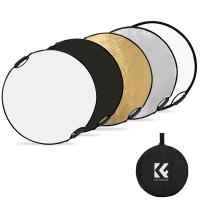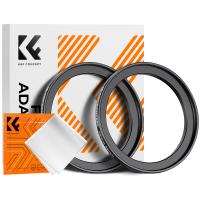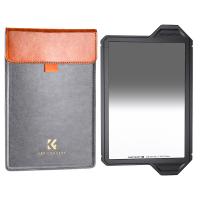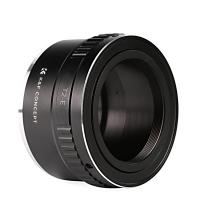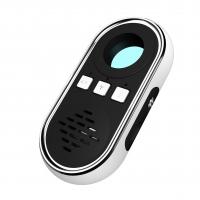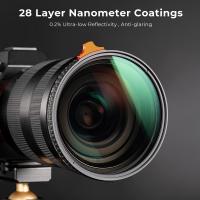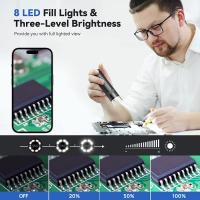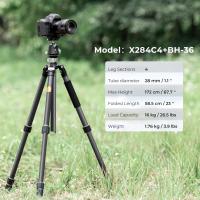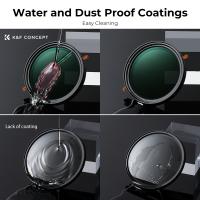How To Install Uv Filter For Pond ?
To install a UV filter for a pond, first, choose a suitable location for the filter. It should be placed after the pond pump and before any other filtration systems. Next, connect the filter to the pump using appropriate tubing or connectors. Ensure that the connections are secure and watertight.
Once the filter is connected, position it in a way that allows easy access for maintenance and cleaning. It should be placed in a shaded area to prevent excessive heat buildup. Make sure the filter is level and stable.
After installation, prime the filter by filling it with water before turning on the pump. This will help remove any air bubbles and ensure proper functioning. Finally, plug in the pump and switch it on to start the filtration process.
Regularly check the UV bulb inside the filter and replace it according to the manufacturer's instructions. Additionally, clean the filter media and remove any debris to maintain optimal performance.
1、 Selecting the right UV filter for your pond setup
Selecting the right UV filter for your pond setup is crucial for maintaining a healthy and clear water environment. UV filters are designed to eliminate harmful bacteria, algae, and other microorganisms that can cause water quality issues. Here's a step-by-step guide on how to install a UV filter for your pond:
1. Determine the appropriate size: The size of the UV filter you need depends on the volume of water in your pond. Consider factors such as the fish population, sunlight exposure, and plant coverage to determine the appropriate size.
2. Choose the right location: Find a suitable location for the UV filter. It should be installed after the pond pump and before any other filtration systems. Ensure that the filter is easily accessible for maintenance.
3. Install the UV filter: Follow the manufacturer's instructions to install the UV filter. Typically, it involves connecting the inlet and outlet hoses to the filter unit. Use hose clamps to secure the connections and ensure a tight fit.
4. Connect the power supply: Plug the UV filter into a GFCI (Ground Fault Circuit Interrupter) outlet. This will provide protection against electrical hazards. Ensure that the power supply is properly grounded.
5. Test the UV filter: Once the installation is complete, turn on the UV filter and check for any leaks or malfunctions. Allow the filter to run for a few hours to ensure it is functioning properly.
6. Monitor and maintain: Regularly monitor the UV filter to ensure it is effectively eliminating harmful microorganisms. Clean the quartz sleeve and replace the UV bulb as recommended by the manufacturer.
It's important to note that UV filters are not a standalone solution for pond maintenance. They should be used in conjunction with other filtration systems, such as mechanical and biological filters, to achieve optimal water quality. Regular water testing and maintenance are also essential for a healthy pond environment.
In recent years, there have been advancements in UV filter technology, such as the introduction of smart UV filters that can be controlled and monitored remotely through smartphone apps. These filters offer convenience and allow for better customization of the filtration process.
When selecting a UV filter, consider factors such as the flow rate, wattage, and brand reputation. It's advisable to consult with a pond professional or do thorough research to ensure you choose the right UV filter for your specific pond setup.
Remember, proper installation and maintenance of a UV filter will help keep your pond water clear, healthy, and enjoyable for both fish and plants.
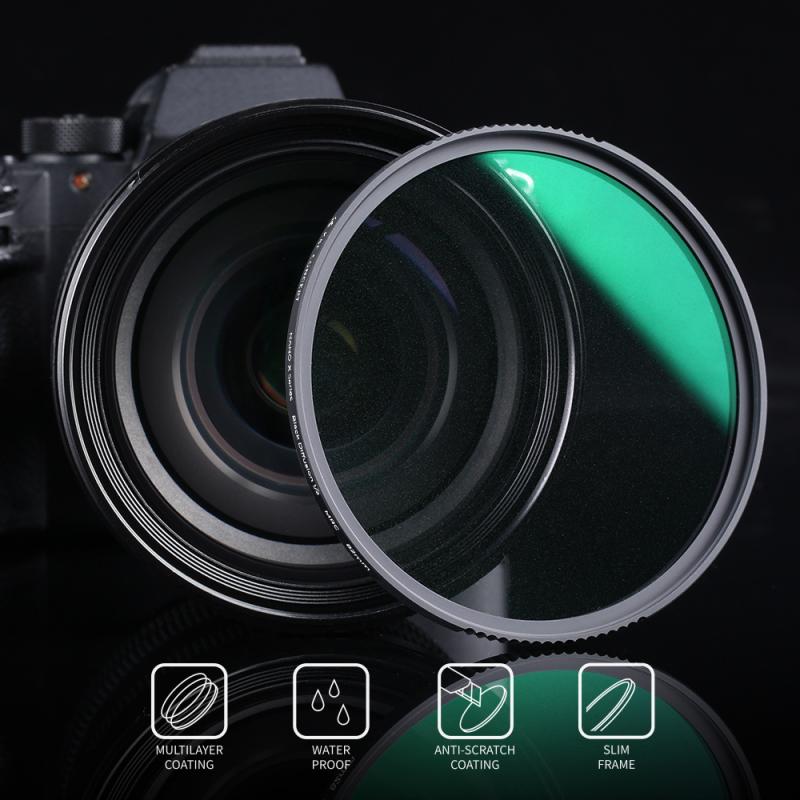
2、 Preparing the installation area for the UV filter
Preparing the installation area for the UV filter is an important step to ensure its effectiveness and longevity. Here is a step-by-step guide on how to install a UV filter for a pond:
1. Choose the right location: Select a spot near the pond where the UV filter can be easily accessed for maintenance. Ensure that the area receives adequate sunlight, as UV filters rely on UV rays to function effectively.
2. Clear the area: Remove any debris, rocks, or plants from the installation area. This will prevent any interference with the UV filter's operation and make it easier to install.
3. Level the ground: Use a shovel or rake to level the ground where the UV filter will be placed. This will provide a stable foundation for the filter and prevent it from tilting or shifting.
4. Install a sturdy base: Place a concrete slab or a solid platform under the UV filter to provide additional stability. This will also help to protect the filter from sinking into the ground over time.
5. Connect the plumbing: Install the necessary plumbing connections, such as PVC pipes or hoses, to connect the UV filter to the pond's water circulation system. Ensure that the connections are secure and watertight to prevent leaks.
6. Test the system: Before fully installing the UV filter, test the water circulation system to ensure that it is functioning properly. This will help identify any potential issues or leaks that need to be addressed before final installation.
7. Install the UV filter: Carefully place the UV filter on the prepared base and secure it in place according to the manufacturer's instructions. Make sure all connections are tight and secure.
8. Power up the filter: Connect the UV filter to a power source and turn it on. Check for any leaks or malfunctions and adjust as necessary.
Remember to regularly clean and maintain the UV filter to ensure its optimal performance. Follow the manufacturer's instructions for cleaning and replacing the UV bulb, as well as any other maintenance tasks.
In conclusion, preparing the installation area for a UV filter for a pond involves selecting the right location, clearing the area, leveling the ground, installing a sturdy base, connecting the plumbing, testing the system, and finally installing and powering up the UV filter. By following these steps, you can ensure the proper installation and functioning of the UV filter, which will help maintain a clean and healthy pond environment.
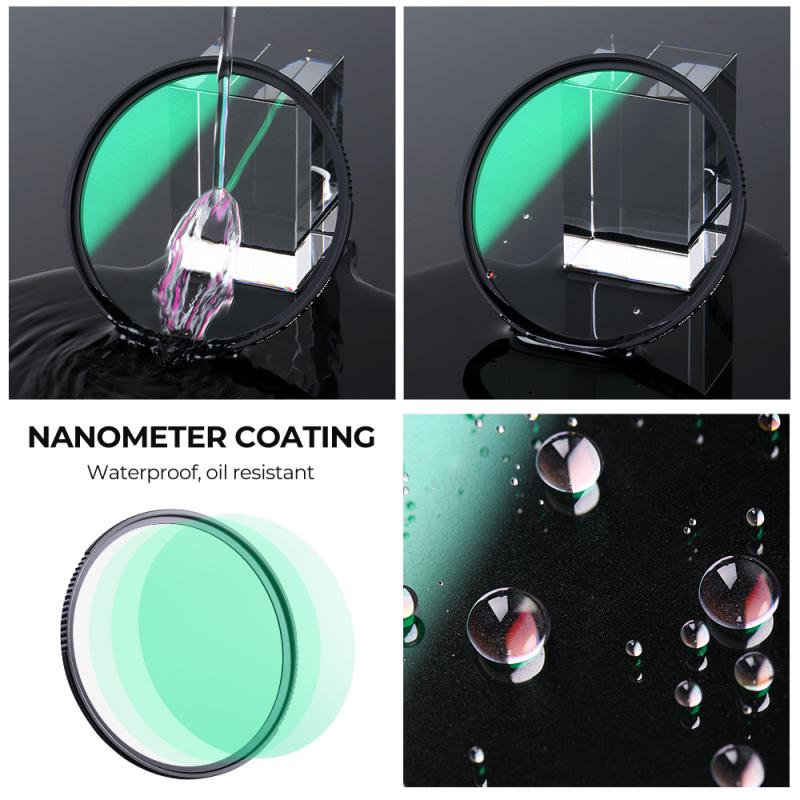
3、 Connecting the UV filter to the pond's water circulation system
To install a UV filter for your pond, you will need to connect it to the water circulation system. Here is a step-by-step guide on how to do it:
1. Choose the right location: Select a spot near the pond where the UV filter can be easily accessed for maintenance. Ensure that it is protected from direct sunlight and rain to prevent damage.
2. Turn off the pump: Before starting the installation process, make sure to turn off the pond's water pump to avoid any accidents or water leakage.
3. Connect the filter to the pump: Use the appropriate connectors and tubing to connect the UV filter to the water pump. Ensure a secure and watertight connection to prevent any leaks.
4. Install the UV filter: Mount the UV filter in a stable position, either on a wall or a dedicated stand. Follow the manufacturer's instructions for proper installation and ensure that it is securely fixed.
5. Connect the inlet and outlet pipes: Attach the inlet and outlet pipes to the UV filter. The inlet pipe should be connected to the water pump, while the outlet pipe should be directed back into the pond.
6. Test the connections: Once all the connections are made, turn on the water pump and check for any leaks. Make sure that the water flows smoothly through the UV filter.
7. Monitor and maintain: Regularly check the UV filter to ensure it is functioning properly. Clean or replace the UV bulb as recommended by the manufacturer to maintain its effectiveness.
It is important to note that the installation process may vary depending on the specific UV filter model and the pond's water circulation system. Always refer to the manufacturer's instructions for the most accurate and up-to-date information.
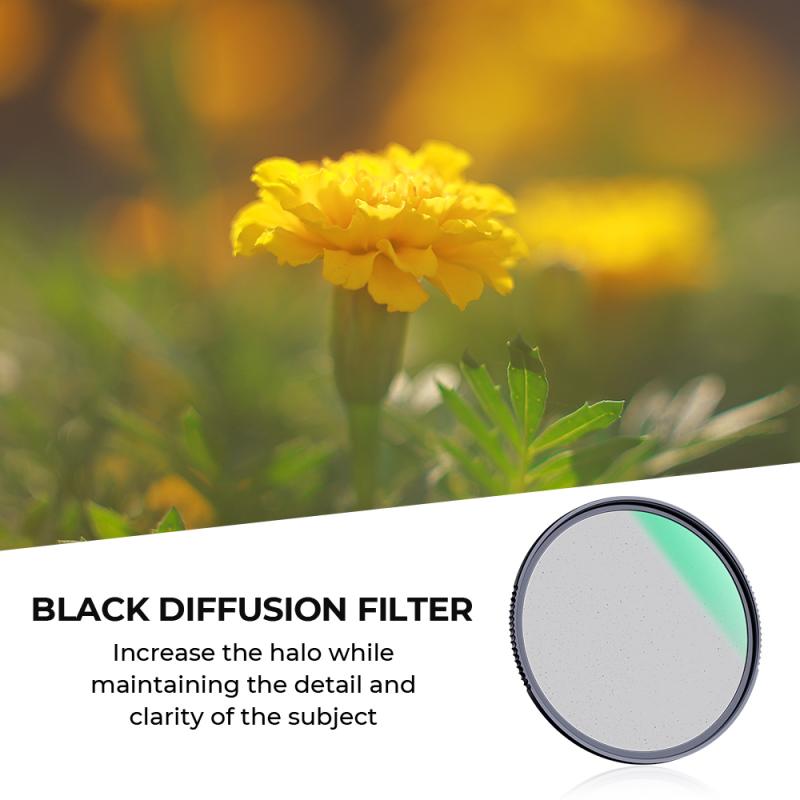
4、 Properly positioning the UV filter in the pond
To properly install a UV filter for your pond, follow these steps:
1. Choose the right location: Select a spot in your pond where the water flow is strong and consistent. This will ensure that all the water passing through the filter gets treated effectively. Additionally, make sure the filter is positioned in a way that allows easy access for maintenance and cleaning.
2. Connect the filter to the pump: Most UV filters are designed to be connected to the pond's pump system. Follow the manufacturer's instructions to properly connect the filter to the pump. This will ensure that water is continuously circulated through the filter for effective treatment.
3. Position the filter correctly: Proper positioning of the UV filter is crucial for its optimal performance. The filter should be placed after the mechanical filtration system, such as a pond skimmer or filter box, to remove larger debris before the water enters the UV filter. This will prevent clogging and prolong the life of the UV bulb.
4. Ensure proper water flow: It is important to maintain a consistent flow rate through the UV filter. Check the manufacturer's recommendations for the ideal flow rate and adjust your pump accordingly. Insufficient flow can reduce the effectiveness of the UV treatment, while excessive flow can decrease the contact time between the water and the UV light.
5. Regular maintenance: To keep the UV filter functioning properly, regular maintenance is necessary. Clean the quartz sleeve and replace the UV bulb as recommended by the manufacturer. Additionally, monitor the water quality regularly to ensure the UV filter is effectively reducing algae and harmful bacteria.
It is worth noting that the latest point of view in UV filter installation emphasizes the importance of selecting a filter that is appropriately sized for your pond. An undersized filter may not be able to effectively treat the volume of water in your pond, while an oversized filter may lead to unnecessary energy consumption. Therefore, it is recommended to consult with a professional or refer to the manufacturer's guidelines to determine the right size of UV filter for your specific pond.
